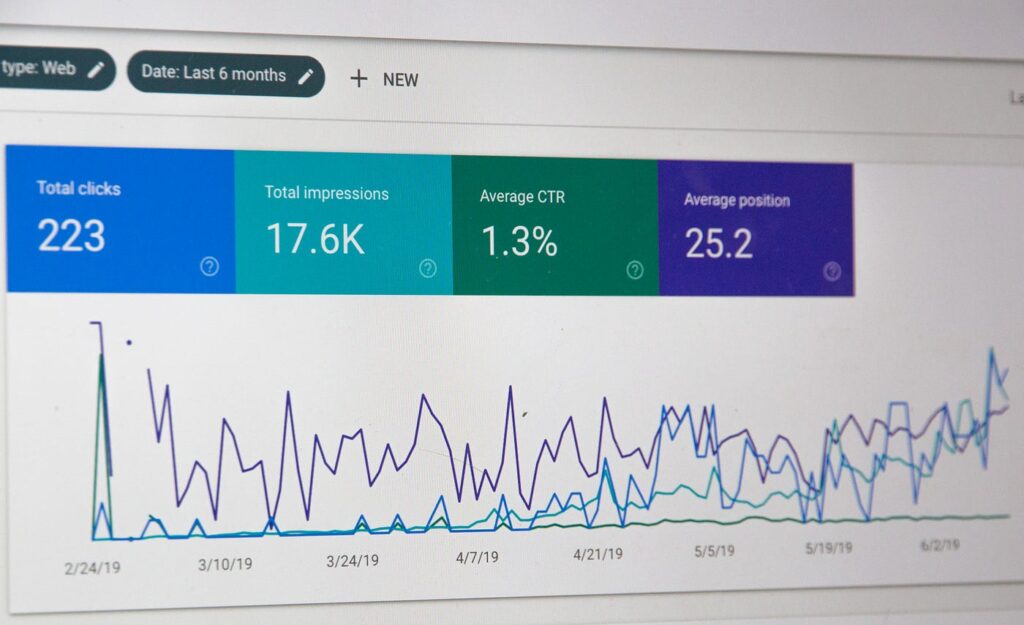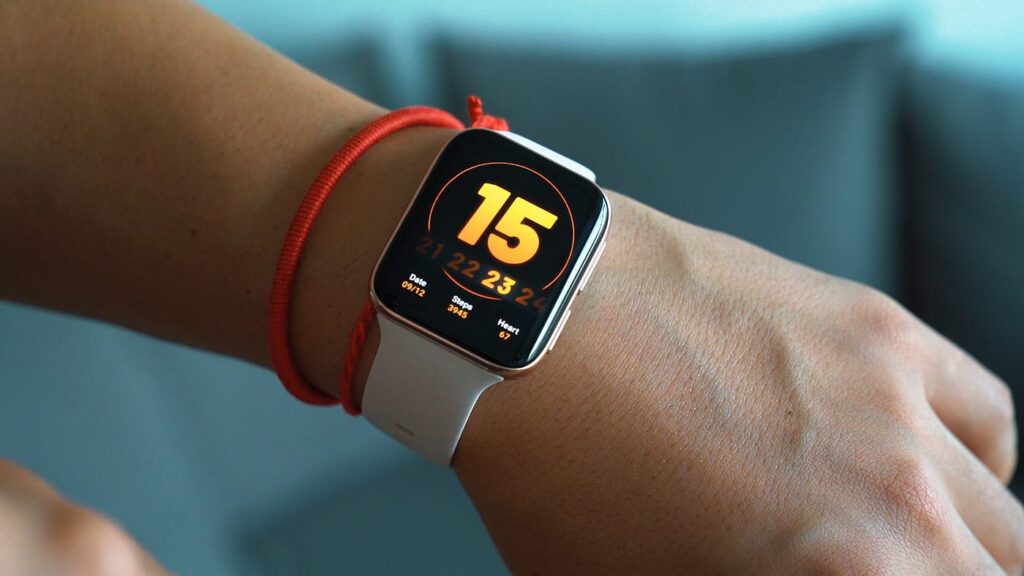“The future is already here, it’s just unevenly distributed.”
Wiliam Gibson, American-Canadian fiction writer
If you work in any discipline related to UX design (e.g. interaction design, content, UX research, etc.) your current list of stakeholders is probably not big. For many UX people, the main stakeholders are product managers, business managers, and maybe some engineering people.
Most of us work in agile environments where we need to deliver solutions that can then be coded. Therefore, delivery teams (e.g. squads, pods, etc.) are where we interact with different disciplines such as product owners, business analysts, and developers.
Due to the new developments of the past few years, we are all likely going to have new collaborators. Some might be in places that might seem a bit less obvious right now. In this article, I’m going to take a “futures thinking” approach and explore what that could look like in the future based on some current signals of change that I spotted.
Some of these potential future collaborations could even lead to new UX-related specializations that do not exist just yet.
In the spirit of studying the future, I’ll look at the current situation, signals of change, and potential future developments.
The aim of this article is to explore different futures for UX people and understand how we can better prepare ourselves to collaborate with new people and think differently in a future that looks more interdisciplinary than now.
The areas of collaboration I’ll explore in this article are:
- Collaborating with analytics people on data products
- Collaborating with lawyers and ethicists on data-sharing mechanisms and privacy protection
- Collaborating with architects on the merge of physical and digital design
Feel free to skip to the area(s) that interest you the most if you don’t feel like reading the whole thing. Let’s dive right in.
Building user-friendly data products with analytics people

The current situation
Data visualization is a field that has seen growing popularity in the past few years. This is due to the growing popularity of big data and as a result, of analytics professions.
Most people who create visualizations are not designers by training. Many are data analysts, and in some cases, even data journalists or even visual data designers. They usually take advantage of existing tools such as Power BI and Tableau to create dashboards and data visualizations.
These tools make the creation of data visualization relatively easy for any non-designer. What the tools don’t take into account is user-friendliness for the end-user.
Many of them assume that users can just look at any visualization or dashboard and understand what’s in it right away. As a former data analyst, I learned very fast that’s not the case. In fact, many dashboards get abandoned very quickly. I’m sure that If you work in UX in any discipline, you understand why certain products aren’t used.
Signals of change
On the positive side, the industry understands that data visualization is a serious business. There are some great teachers out there, such as Alberto Cairo, who teaches data journalism, and Federica Fragapane, who teaches data illustration and storytelling.
I think that they are all doing a great and important job in terms of teaching data for storytelling and communication which are the foundations of data visualization.
What’s currently missing in the world is more methods to integrate data visualizations into user interfaces smoothly even for people who are not data nerds.
There are currently organizations that try to fill this gap. The Interaction Design Foundation offers courses that try to bridge these two worlds of UX and data visualization, but the industry hasn’t caught up just yet and more work is needed.
However, we can see it as a weak signal of change from a world where data visualization is “storytelling only” to a world where data is embedded everywhere. Both UX and analytics professionals would want this change to happen so data products are more easily adopted.
Another weak signal I observed is in the form of a new sub-domain called Data Literacy. This domain helps make the language around data more digestible. Check out the Data Lodge to see some examples of an organization that’s developing it.
Content designers and UX writers can leverage the knowledge from there to contribute to the design of user-friendly data products.
The future
I think that in the near future, UX people will need to collaborate more with analytics people. In the long run, let’s assume in 10+ years, there’s a good potential for a new design specialization to form. It will be one that can merge the understanding of data from an analytics standpoint and UX design.
Professionals working in this niche will know how to design and test dashboards and visualizations that people can actually understand and consume without assuming a lot of prior knowledge in data analytics.
I still believe that at the end of the day, it will be teamwork between people who understand design and analytics well enough to build top-notch digital data products together.
Creating smooth entry points to a connected world with lawyers and ethicists

The current situation
There’s currently a lot of innovation in many fields that move us towards a much more connected world. I’m not just talking about faster internet speed that will allow us to have better-quality video streaming.
I’m talking about areas such as the Internet of Things (IoT) and connected devices that can talk to each other and track literally everything. I’m talking about Open Banking, and Open Finance that will allow even the most protected banks to connect to other organizations via APIs.
I’m talking about AI algorithms that get better at training themselves based on data that can be found everywhere online and generate new text and images such as ChatGPT and Midjourney.
I’m also talking about digital identities that are already used to access public services in places like the UAE and the province of Alberta in Canada.
The bottom line, I’m talking about the interconnectedness of everything — organizations, technology, and people.
All of this is already happening. and many people do have some privacy concerns about this situation. Many ethicists and lawyers are already working on understanding the implications of such a future on us as individuals and on society and are thinking of potential protection mechanisms.
Signals of change
There are a few signals of change in this field.
Let’s start with the growing body of theoretical work.
The ethics community around data privacy and AI is steadily growing, and we can see some nice examples brought by experts in the field such as Stephane Hamel (data privacy) and Ben Schneiderman (Human-Centred AI) among many more great researchers and practitioners.
This community provides the theoretical foundation for a more robust future around data privacy and ethics, and we already see some examples of how it works in practice.
In addition, one interesting signal of change is in the form of a new sub-domain of HCI and UX called Human-Data Interaction (HDI). It deals with the way humans interact with data online, and the perception of privacy.
I gave an interview to the CSO magazine about it in the context of security not a long time ago based on my work on some projects and I invite you to take a look here if you’d like to learn more.
The next signal of change happens in the regulatory field.
There are some robust examples of data protection regulations around the world such as the GDPR in the EU, and the LGPD in Brazil. All show a clear tendency of protecting consumers from being constantly tracked online by corporations.
Lastly, Shutterstock has already started to pay contributors if their photos are used by AI algorithms for the creation of new generative art, and in the future, you’ll be able to opt out of being read by algorithms.
I think it was a smart move on their end, and that they probably did it in anticipation of copyright lawsuits and class actions such as the one recently filed against some of the main AI providers who use stable diffusion for generative are.
All these signals hint at a potential future where we move from assuming users opt-in to everything data-sharing to a future with more emphasis on giving back control to users over their data. It’s a future that many of us want as a society, to make sure our privacy is kept and that personal information doesn’t fall into the hands of the wrong people.
The future
It seems that for UX people, there is definitely going to be more work in creating smooth entry points into this newly connected world. By this, I mean more specifically, ways to give consent to the degree of connectedness you want to experience and to protect your data.
UX people will have to collaborate with both lawyers and ethicists to create a better experience around legal languages and consent flows. At the end of the day, legal agreements are still very hard to understand for most people.
There are only going to be more areas where one will have to decide when to opt in and out of data-sharing schemes. We can assume that in the short run, the opportunities for UX people will be more around the design of consent mechanisms for data sharing as well as the presentation of privacy policies.
In the long run, we’re likely to see more innovation led by designers, maybe even designers with a specialty in data privacy. An interesting example I’ve recently seen is in the form of a patent around a “data wallet” by PayPal, and this gives a bit of a clue about where things can go when design, tech, privacy, ethics, and law people start to join forces.
Merging the physical and the digital spaces with architects

The current situation
Many of us still divide the physical space and the virtual space into two categories that are distinct, continuing the reality that existed pre-Covid.
However, the high amount of “virtual time” we all had in the past few years at work and in our personal lives led to the boundaries slightly being blurred between the two.
Both architects and UX designers work with the concept of “space” and the activities that happen in it. In that sense, architecture, and UX design overlap, and there are potential opportunities for collaboration.
Now here’s the big question.
With hybrid working models and shopping experiences that span physical spaces and online stores, does it make sense to continue looking at the virtual and the physical spaces as two different things?
Signals of change
There are a few areas where we see organizations and individuals rethinking the current situation.
In the academic community, research about merging physical and digital spaces in urban design has already started quite a few years back.
In practice, there are physical spaces that are being built to support a digital experience. Some examples are e-sports arenas and non-traditional museums that offer interactive exhibitions that merge digital and physical such as the PHI Centre in Montreal, Canada.
If we think about digital spaces that support physical experiences we can find a few interesting examples too.
ProxxAdress is an interesting social enterprise in the UK where an architect used existing addresses to provide homeless people with an address that they can use to access public services and eventually, escape homelessness. This is a good example of an architect thinking of a solution to a physical problem with an approach that goes beyond the physical space.
Right now, big banks like JPMorgan are even entertaining the possibility of opening bank branches in the metaverse, and there’s one bank in South Korea that has already done it.
Some architecture firms such as Gensler and KPF have already started a digital design practice and are already trying to merge the two worlds.
These are all signals that show a potential move from a world with a distinction between physical and virtual spaces into a world of thinking about both spaces in parallel.
Due to the developments of the past few years, I believe that many designers who work in either space would eventually need to understand a bit of the other side.
The future
The future is absolutely exciting in this field.
We’ll likely see more and more collaborations between physical space designers and UX designers in many areas.
The possibilities are endless. From designing workspaces for hybrid workers who need a space to collaborate, co-create and connect with other humans in-person, to retail chains where the shopping experience can start and end as a physical or virtual experience.
The advances in architecture and supporting software products will only allow for more creativity and collaboration between people who work in designing physical and digital spaces.
I personally believe that service design will benefit from this situation since this design discipline looks at the mechanisms that enable services more deeply using service blueprints. Design research will also become crucial since research is used in both architecture and UX design and in the future it will require research skills in digital and virtual spaces.
It’s impossible to predict the future of UX and its different design disciplines, and the point of this article was not to try and do it in any way.
The idea behind this article was to look more broadly around us and capture signals and events that happen and that can, under certain circumstances, converge and create something new and exciting.
In our design world, it can be new opportunities to collaborate with new professionals, and even new specialties within the field.
There are obviously some unkown-uknowns that I haven’t captured here, but I’d love to hear your thoughts on the potential futures I presented in the article, and continue the discussion.





